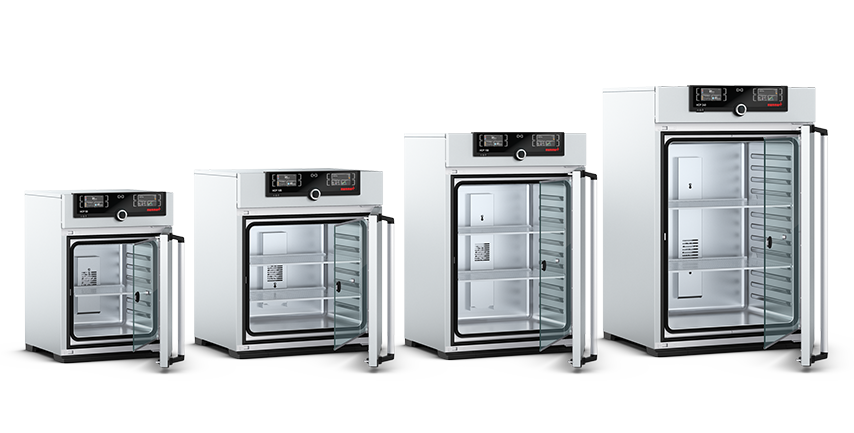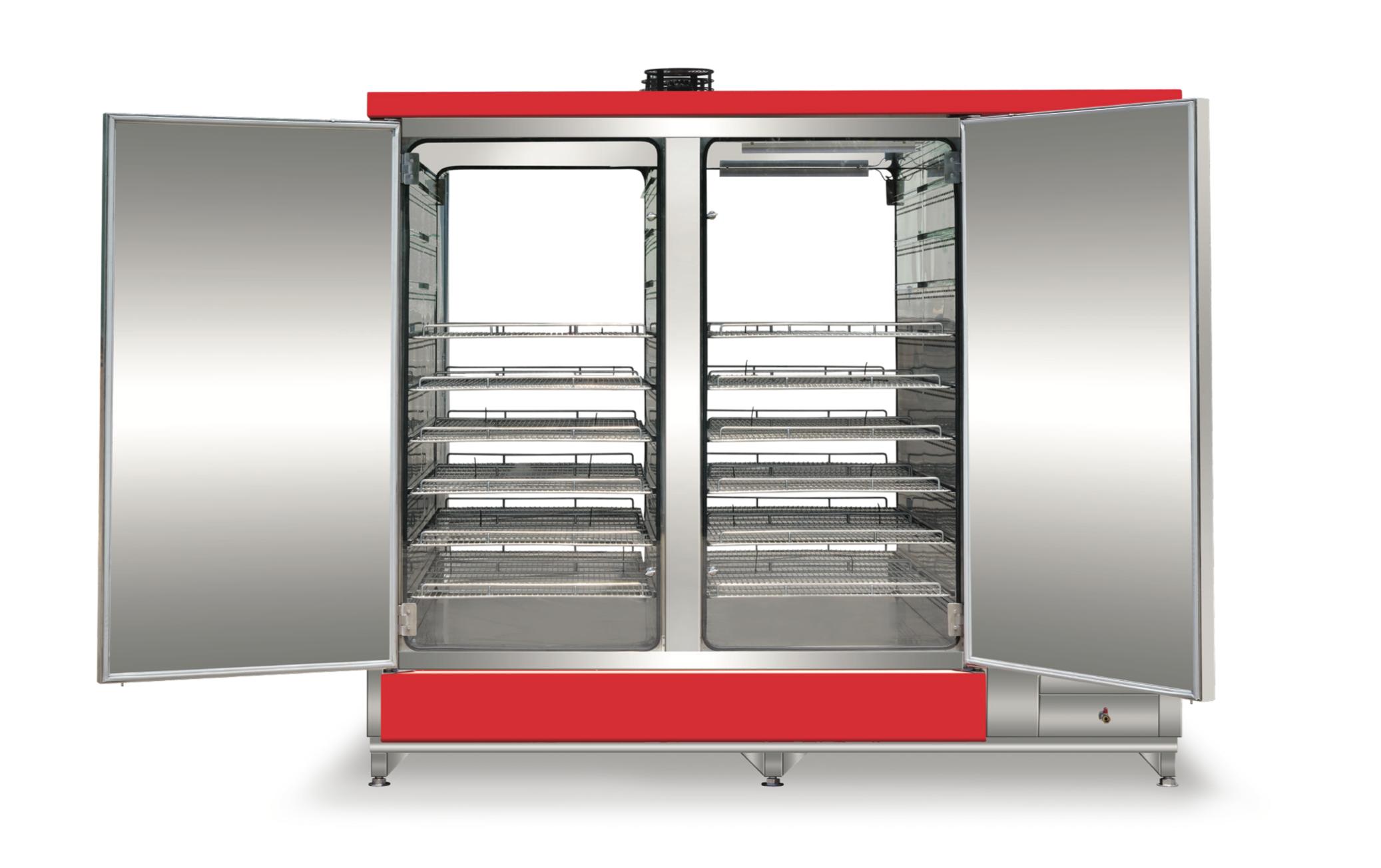The power of temperature and humidity chambers for creating controlled environments is something that cannot be overlooked. From laboratory experiments to industrial processes, these chambers provide a way to replicate different conditions to achieve desired results.
With the help of precise temperature control and humidity regulation, it’s possible to create an environment suited for any application. Whether we’re talking about extreme heat or cold, dry air or high humidity – all of this can now be simulated with relative ease thanks to modern technology.
Many industries rely on these chambers as part of their operations – from automotive companies testing new materials under extreme climates to food manufacturers controlling quality standards by simulating ideal storage conditions. By understanding the potential offered by temperature and humidity chambers, businesses can take advantage of cutting-edge technology which offers great precision when designing controlled environments.
Understanding the Benefits of Temperature and Humidity Chambers

Temperature and humidity chambers are powerful tools that allow for the creation of precise, controlled environments. They provide researchers with the ability to simulate a wide range of conditions to accurately study physical phenomena.
By understanding the benefits associated with temperature and humidity chambers, researchers can take advantage of this technology to gain valuable insights into their work. The most popular purpose for these chambers is laboratory testing and product research.
By simulating extreme temperatures or humidity levels, scientists can observe how materials react when put under varying levels of strain. For instance, they may be able to test an object’s resilience against high temperatures by subjecting it to rapid cycles of heating and cooling inside a chamber before reaching its breaking point. This allows manufacturers to better understand their products’ limits as well as improve upon them through further experimentation in more demanding conditions than would otherwise be possible outside the chamber environment.
How to Create a Controlled Environment with a Chamber
Creating a controlled environment with a chamber can be done by carefully selecting the right temperature and humidity settings. It is important to understand the desired conditions needed for your experiment or application to properly set up the environment.
First, determine what type of environment will work best for your particular requirements. This includes choosing between relative humidity (RH) and dew point temperatures as well as considering any additional factors such as airflow, pressure, and other environmental variables. Once you have determined the ideal setting, use equipment that can accurately control these variables such as an environmental chamber equipped with sensors to measure temperature, relative humidity, and even airflow velocity if necessary.
After configuring all settings on the controller panel, you can then make small adjustments until desired conditions are achieved within a tight range of tolerance levels ensuring that results remain consistent throughout your experiment or process. Additionally, monitoring probes should be placed around the chamber to ensure proper temperature distribution which is key when dealing with high-value products or processes that require careful attention to detail when it comes to maintaining optimal performance over time.
Controlling Temperature and Humidity in Tight Spaces
When it comes to creating a controlled environment, temperature and humidity levels are key factors. Controlling these two elements in tight spaces can be a challenge, as they need to stay within the desired range for optimal performance of any equipment or experiments housed inside.
To ensure that temperature and humidity levels remain consistent in such environments, special chambers have been designed over the years. These chambers are used to maintain stable temperatures by using heating or cooling systems and humidifiers or dehumidifiers depending on the requirement.
They are also equipped with sensors that measure temperature and relative humidity which allow users to monitor conditions remotely via an interface connected with their devices. Additionally, some models offer advanced features like automatic shut-off when certain thresholds have been exceeded, auto restart after power outages, and adjustable fan speeds for increased accuracy of readings at different locations within the chamber itself.
Temperature and humidity chambers provide a reliable way of controlling environmental conditions in confined areas without compromising on safety or quality standards required for laboratory testing purposes.
Conclusion

Temperature and humidity chambers are powerful tools for creating controlled environments, allowing for the precise regulation of temperature and humidity in a variety of applications. This means that products can be tested to ensure their viability in different temperatures and humidity levels, ensuring they will perform as expected when used by consumers.
Such testing is essential for many industries, such as healthcare and automotive manufacturing, which depend on their products functioning correctly in various climates. Temperature and humidity chambers offer an invaluable tool to ensure success with any product or process requiring precision control over its environment – providing reliable results every time.

